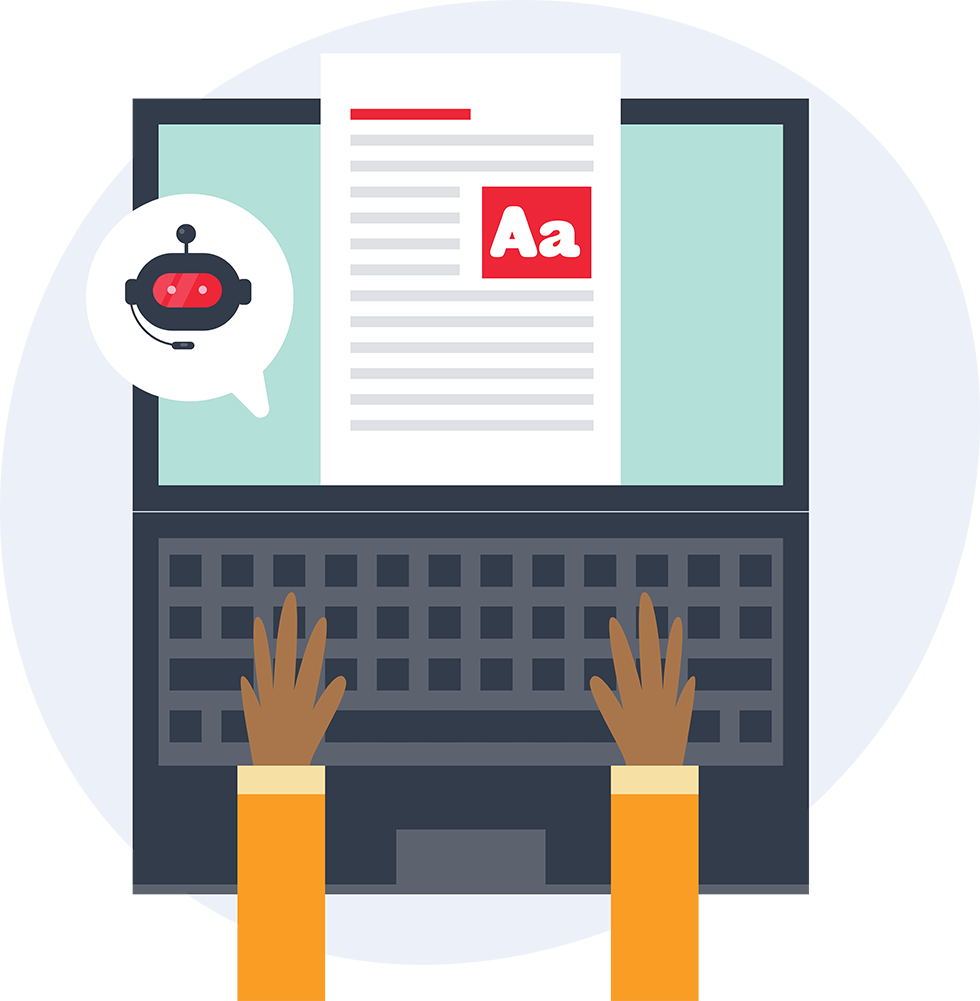5 Ways
Teachers can integrate ChatGPT into the classroom
hatGPT is one of the most advanced machine learning and language processing models. It can read and understand text in context and respond in a human-like way—from writing essays to solving problem sets—leading to the question on everyone’s mind: How will this change education?
But education is about more than just the correct answers or perfect essays, says Betty Chandy, GED’05, GRD’13, director of online learning for Catalyst, Penn GSE’s center for innovation. Education is acquiring knowledge, skills, values, beliefs, and habits. It is the process that matters more than the product. “Calculators did not make math redundant, and the internet did not make schools obsolete,” she said. “AI will create opportunities that were unimaginable a year ago.”
Chandy, who runs the Virtual Online Teaching (VOLT) and the Experiences in Applied Computational Thinking (EXACT) certificate programs at Penn GSE, started her career as a high school teacher and instructional coach, then moved into research exploring the impact of professional development on teachers’ pedagogical practices. Her research interests include the design of learning environments, online learning, technology in classrooms, and teacher development. Below are five of Chandy’s ideas for integrating ChatGPT into the classroom:


Use ChatGPT as a starting point.

Ask ChatGPT to generate articles on topics at your students’ reading level.
Ask ChatGPT to suggest activities.

Focus on the process instead of the final product.
Provide project-based learning scenarios.
Looking for more advice from experts?

from experts?